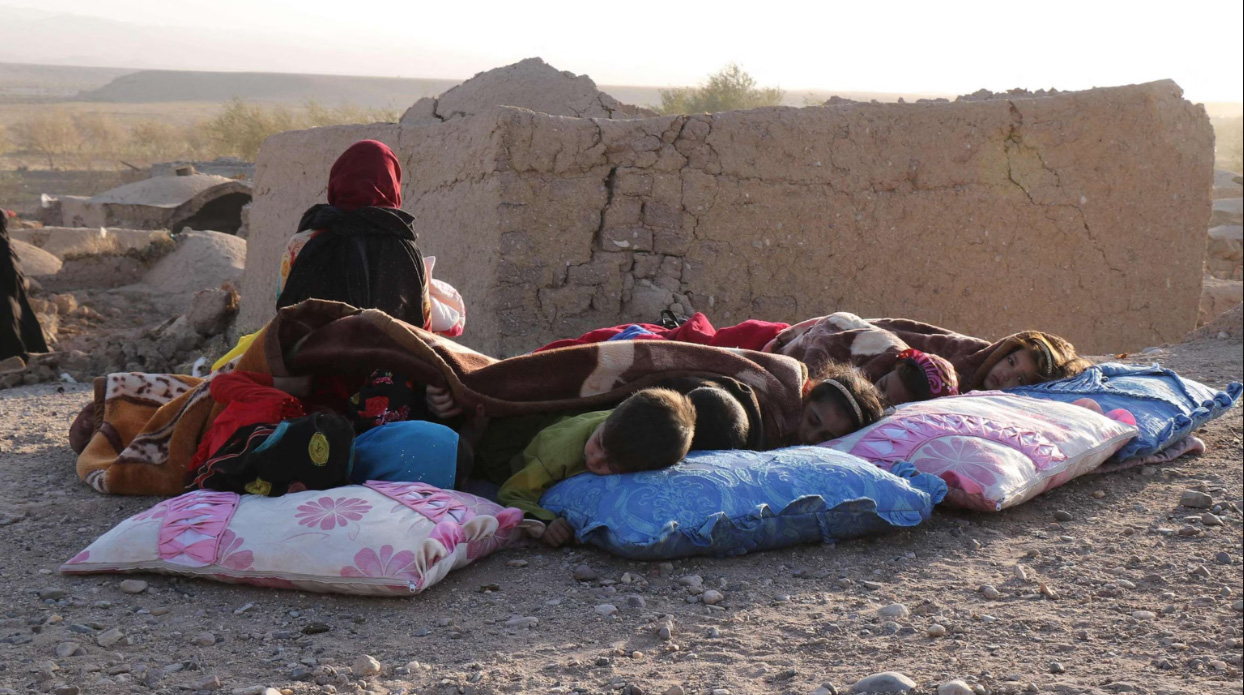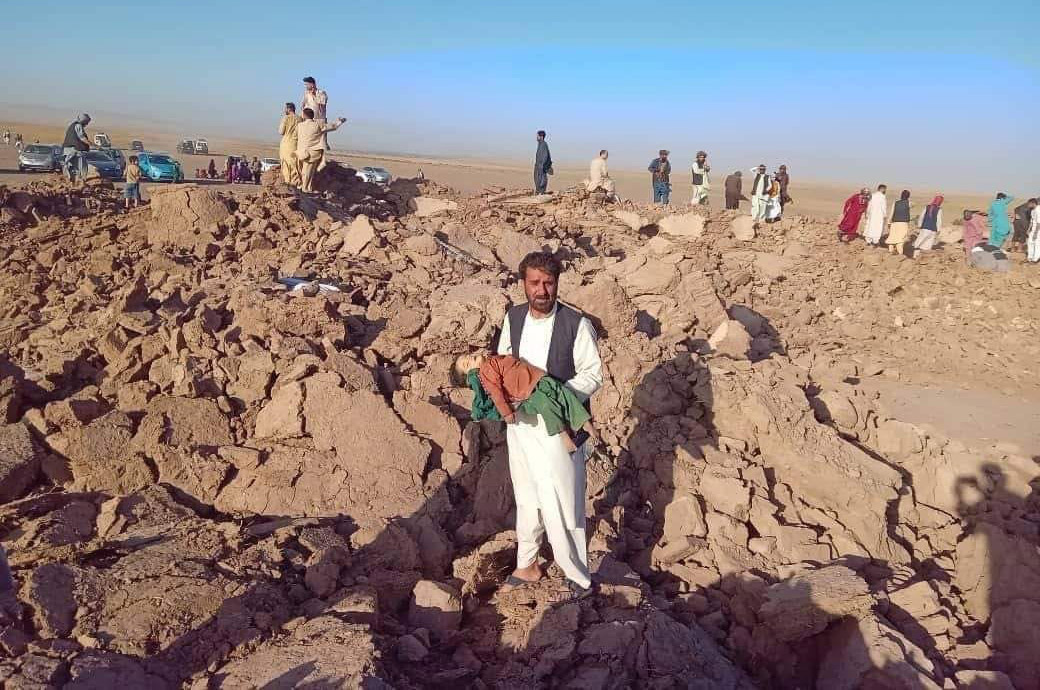
The death toll from strong earthquakes that shook western Afghanistan has risen to over 2,000, a Taliban government spokesman said Sunday. It's one of the deadliest earthquakes to strike the country in two decades.
A powerful magnitude-6.3 earthquake followed by strong aftershocks killed dozens of people in western Afghanistan on Saturday, the country's national disaster authority said.
But Abdul Wahid Rayan, spokesman at the Ministry of Information and Culture, said the death toll from the earthquake in Herat is higher than originally reported. About six villages have been destroyed and hundreds of civilians have been buried under the debris, he said while calling for urgent help.
The initial earthquake struck 40 km west of the city of Herat around 11 a.m. local time, according to the U.N. Office for the Coordination of Humanitarian Affairs in Afghanistan. It was felt in neighboring Badghis and Farah provinces."Initial assessments indicate that as many as 100 people have been killed across eight villages in Zindajan Province, Herat Province ... with a further 500 people injured," the agency said in an update, noting that "unconfirmed reports suggest this figure may be closer to 320 people."Disaster authority spokesperson Mohammad Abdullah Jan said four villages in the Zenda Jan district in Herat province bore the brunt of the quake and aftershocks.The World Health Organization in Afghanistan said it dispatched 12 ambulance cars to Zenda Jan to evacuate casualties to hospitals.
"As deaths & casualties from the earthquake continue to be reported, teams are in hospitals assisting treatment of wounded & assessing additional needs," the U.N. agency said on X, formerly known as Twitter. "WHO-supported ambulances are transporting those affected, most of them women and children."
Telephone connections went down in Herat, making it hard to get details from affected areas but videos on social media showed hundreds of people in the streets outside their homes and offices in Herat city.

The disaster has impacted some 4,200 people -- about 600 families -- so far, the agency said, with 465 houses reported destroyed and 135 damaged. The worst-affected village is Mahal Wadakha, it said.
"Partners and local authorities anticipate the number of casualties to increase as search and rescue efforts continue amid reports that some people may be trapped under collapsed buildings," the U.N. Office for the Coordination of Humanitarian Affairs in Afghanistan said.In the immediate aftermath of the disaster, the Afghanistan National Disaster Management Authority said at least 15 people were killed and 40 injured.The U.N. agency shared photos of healthcare workers treating patients outdoors amid the response.
Meanwhile, Abdul Ghani Baradar, the Taliban-appointed deputy prime minister for economic affairs, expressed his condolences to the dead and injured in Herat and Badghis.
The Taliban urged local organizations to reach earthquake-hit areas as soon as possible to help take the injured to hospital, provide shelter for the homeless, and deliver food to survivors. They said security agencies should use all their resources and facilities to rescue people trapped under debris."We ask our wealthy compatriots to give any possible cooperation and help to our afflicted brothers," the Taliban said on X.UNICEF Afghanistan also said it was on the ground with its U.N. colleagues "to assess the full impact."
"Once again, children and families in Afghanistan have been affected by a devastating earthquake, this time in western Herat province," UNICEF Afghanistan said on social media.
In June 2022, a powerful earthquake struck a rugged, mountainous region of eastern Afghanistan, flattening stone and mud-brick homes. The quake killed at least 1,000 people and injured about 1,500.



